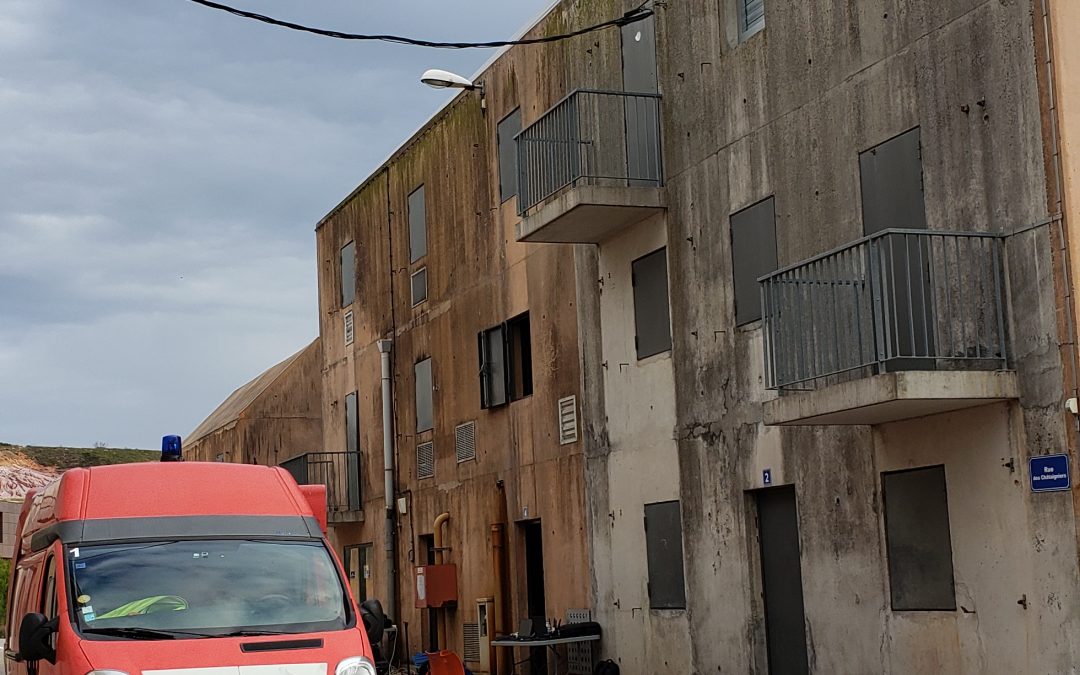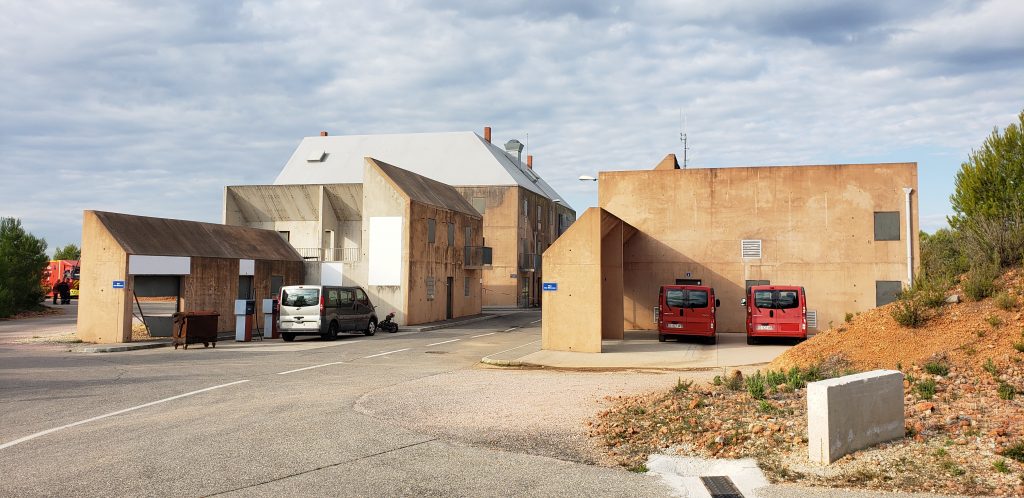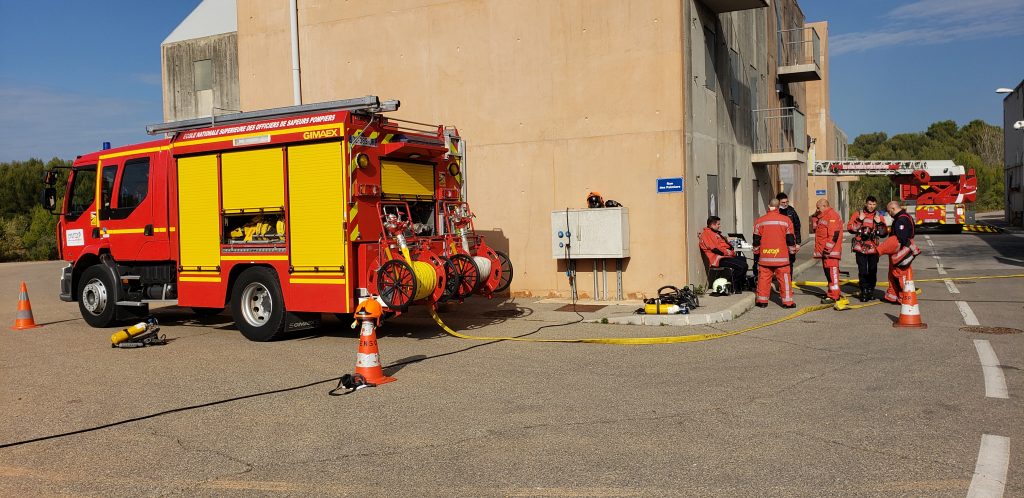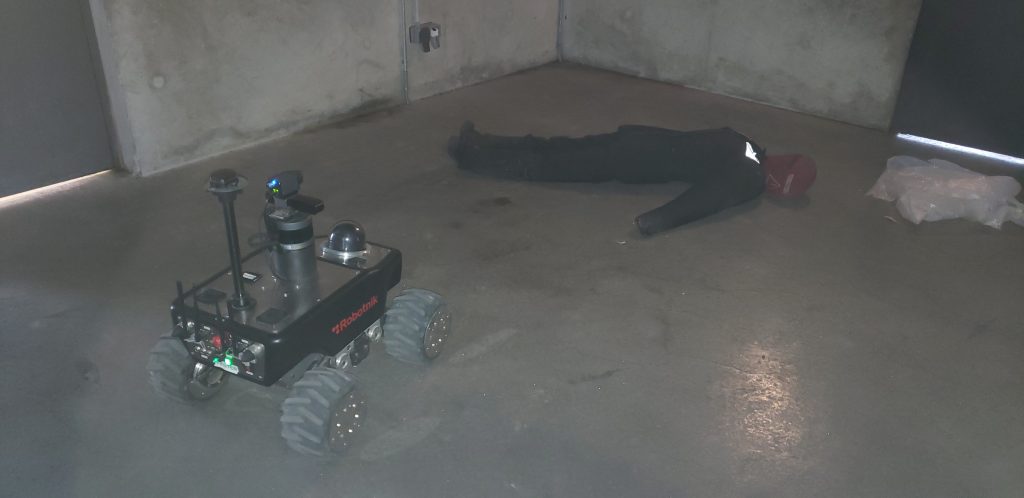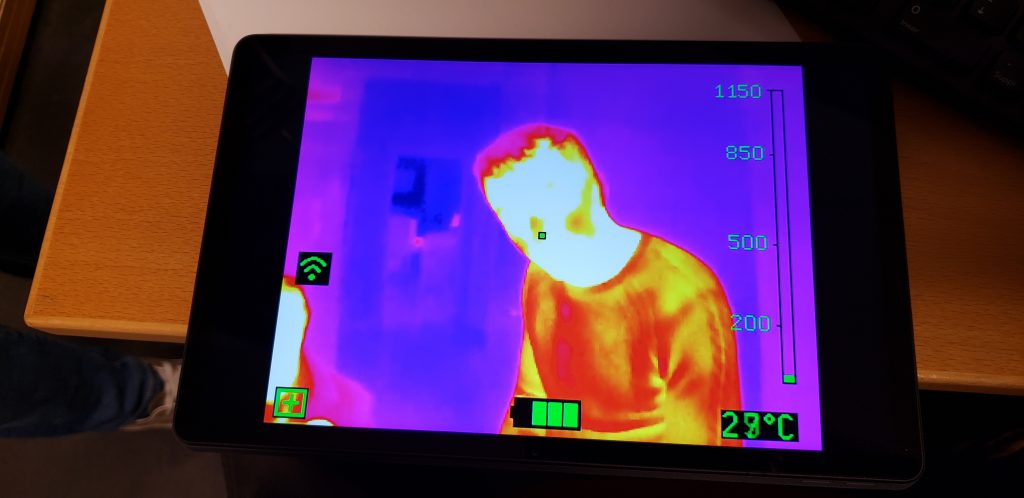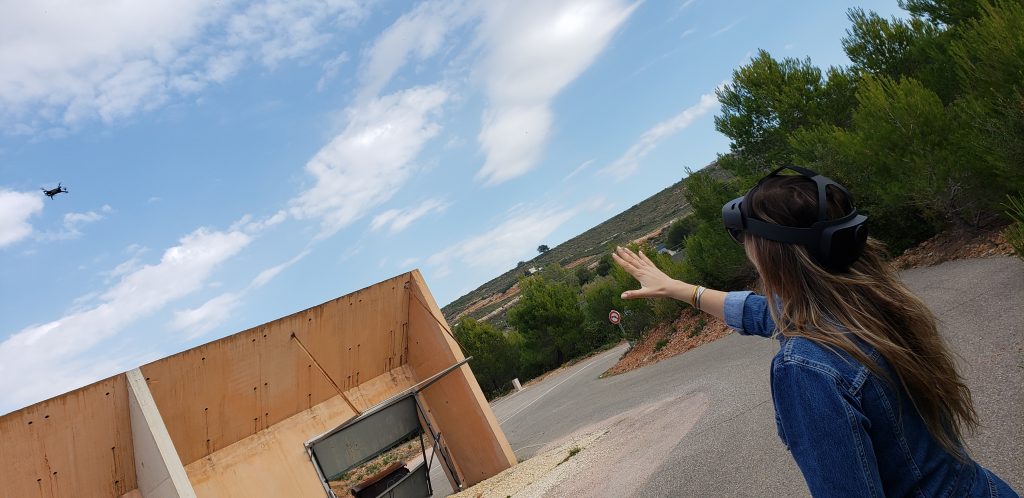On 8th and 9th November 2021, in the framework of the FASTER project, the partners met in Aix-en-Provence, France, at the ENSOSP (French National Fire Officers Academy) for a large-scale real-life exercise.
In the spirit of the project, which addresses the challenges associated with the protection of first responders in hazardous environments, four workshops were prepared.
Workshop 1 dealt with the understanding of chemical risk in a closed environment. This exercise explored the possibilities at the individual and then at the team level.
The first responders were equipped with an augmented reality glasses (AR feature) as well as a smart textile and a smart watch.
Some of the exercises took place in darkness or total blackness, with the emission of smoke allowing us to identify some areas of technology development. The search for victims and their evacuation was also part of the different scenarios.
Workshops n°2, n°3 and n°4 were also in a chemical environment with the use of UAV (Unmanned Aerial Vehicle) and Robot-UGV (Unmanned Ground Vehicle). These different UxVs have interesting technology, in particular mapping, which enables maps and plans to be drawn up, with very realistic intervention scenarios.
These scenarios also dealt with the external context with chemical and fire risks.
While the morning was mainly devoted to individual and group approaches, the afternoon was mainly focused on management at the command post level.
The presence of our European partners, particularly Italian and Greek, was a real asset. The various exchanges, both technical and relational, were a great opportunity for all of us.
Finally, the presence of the first responders, whose job it is to do on a day-to-day basis, allowed each of us to make progress in research for some, and the expected needs for others. The French firefighters (teammates, team leaders or incident commander) were convinced by most of the technologies and provided useful comments to consider the use in real conditions of each of the technologies.
These different exercises clearly show the importance of cross-fertilisation between researchers and first responders, of moving from theory to practice via a cultural and national prism.
Watch the video on Youtube at https://www.youtube.com/watch?v=rd-E4QG2xAU&list=PLmRAumn8ZLv-zg3qsunNBoVIzEg4nv63y

